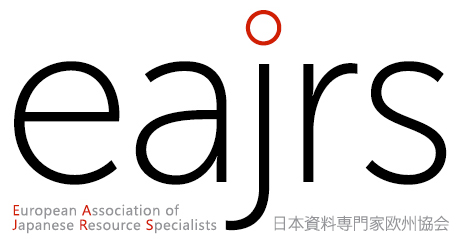The Japanese tattoo and Britain during the Meiji period
In this paper, I explore the unusual association between Japanese tattooists and Britain, particularly the British Royal family during the Meiji period. Techniques of tattooing developed in Japan during the Edo period, particularly in the Bakumatsu (the last days of the Edo period) and over the course of time, Japanese tattoos became a kind of elaborate art form. Through the opening of Japan (1854 ) and its modernization, the reputation of Japanese tattooists spread among foreigners who visited Japan, particularly among seamen, including the sailors and officers of the Britain’s Royal Navy.
In Britain, Edward VII, then Prince of Wales raised the curtain of the golden age of tattooing when he acquired his first tattoo in Jerusalem in 1862 and the fashion of tattooing spread the members of upper classes in the last quarter of the 19th century and early part of the 20th century. During the Meiji period, five members of the British royal family visited Japan and they were Edward VII’s younger brothers (Prince Alfred and Prince Arthur, Duke of Connaught), sons (Prince Albert Victor and Prince George) and nephew (Prince Arthur of Connaught). Their interest in tattoos partly stemmed from visits made by the princes as officers of the Royal Navy.
Among the five members of the British royal family who had visited Japan, at least four of these visitors tattooed in Japan. Who tattooed Royal visitors? A legendary Japanese tattooist Hori Chiyo (1859-1900) earned his reputation through the connection with the Royal tattooing. But did Hori Chiyo really tattoo British Princes? The paper uncovers the true biography of Hori Chiyo and explores the unique association between Japanese tattooists, such as Hori Chiyo and the British Royal family.
